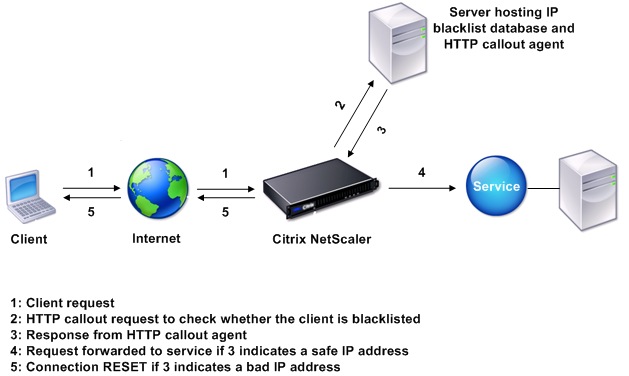-
AppExpert Applications and Templates
-
Configure application authentication, authorization, and auditing
-
-
How an HTTP Callout Works
-
Use Case: ESI Support for Fetching and Updating Content Dynamically
-
-
-
Advanced Policy Expressions: Working with Dates, Times, and Numbers
-
Advanced Policy Expressions: Parsing HTTP, TCP, and UDP Data
-
Advanced Policy Expressions: IP and MAC Addresses, Throughput, VLAN IDs
-
-
This content has been machine translated dynamically.
Dieser Inhalt ist eine maschinelle Übersetzung, die dynamisch erstellt wurde. (Haftungsausschluss)
Cet article a été traduit automatiquement de manière dynamique. (Clause de non responsabilité)
Este artículo lo ha traducido una máquina de forma dinámica. (Aviso legal)
此内容已经过机器动态翻译。 放弃
このコンテンツは動的に機械翻訳されています。免責事項
이 콘텐츠는 동적으로 기계 번역되었습니다. 책임 부인
Este texto foi traduzido automaticamente. (Aviso legal)
Questo contenuto è stato tradotto dinamicamente con traduzione automatica.(Esclusione di responsabilità))
This article has been machine translated.
Dieser Artikel wurde maschinell übersetzt. (Haftungsausschluss)
Ce article a été traduit automatiquement. (Clause de non responsabilité)
Este artículo ha sido traducido automáticamente. (Aviso legal)
この記事は機械翻訳されています.免責事項
이 기사는 기계 번역되었습니다.책임 부인
Este artigo foi traduzido automaticamente.(Aviso legal)
这篇文章已经过机器翻译.放弃
Questo articolo è stato tradotto automaticamente.(Esclusione di responsabilità))
Translation failed!
How an HTTP callout works
When the Citrix ADC appliance receives a client request, the appliance evaluates the request against the policies bound to various bind points. During this evaluation, if the appliance encounters the HTTP callout expression, SYS.HTTP_CALLOUT(<name>), it stalls policy evaluation briefly and sends a request to the HTTP callout agent by using the parameters configured for the specified HTTP callout. Upon receiving the response, the appliance inspects the specified portion of the response, and then either performs an action or evaluates the next policy, depending on whether the evaluation of the response from the HTTP callout agent evaluates to TRUE or FALSE, respectively. For example, if the HTTP callout is included in a responder policy, if the evaluation of the response evaluates to TRUE, the appliance performs the action associated with the responder policy.
If the HTTP callout configuration is incorrect or incomplete, or if the callout invokes itself recursively, the appliance raises an UNDEF condition, and updates the undefined hits counter.
The following figure illustrates the working of an HTTP callout that is invoked from a globally bound responder policy. The HTTP callout is configured to include the IP address of the client that is associated with an incoming request. When the Citrix ADC appliance receives a request from a client, the appliance generates the callout request and sends it to the callout server, which hosts a database of blacklisted IP addresses and an HTTP callout agent that checks whether the client’s IP address is listed in the database. The HTTP callout agent receives the callout request, checks whether the client’s IP address is listed, and sends a response that the Citrix ADC appliance evaluates. If the response indicates that the client’s IP address is not blacklisted, the appliance forwards the response to the configured service. If the client’s IP address is blacklisted, the appliance resets the client connection
Figure 1. HTTP Callout Entity Model

Share
Share
In this article
This Preview product documentation is Cloud Software Group Confidential.
You agree to hold this documentation confidential pursuant to the terms of your Cloud Software Group Beta/Tech Preview Agreement.
The development, release and timing of any features or functionality described in the Preview documentation remains at our sole discretion and are subject to change without notice or consultation.
The documentation is for informational purposes only and is not a commitment, promise or legal obligation to deliver any material, code or functionality and should not be relied upon in making Cloud Software Group product purchase decisions.
If you do not agree, select I DO NOT AGREE to exit.